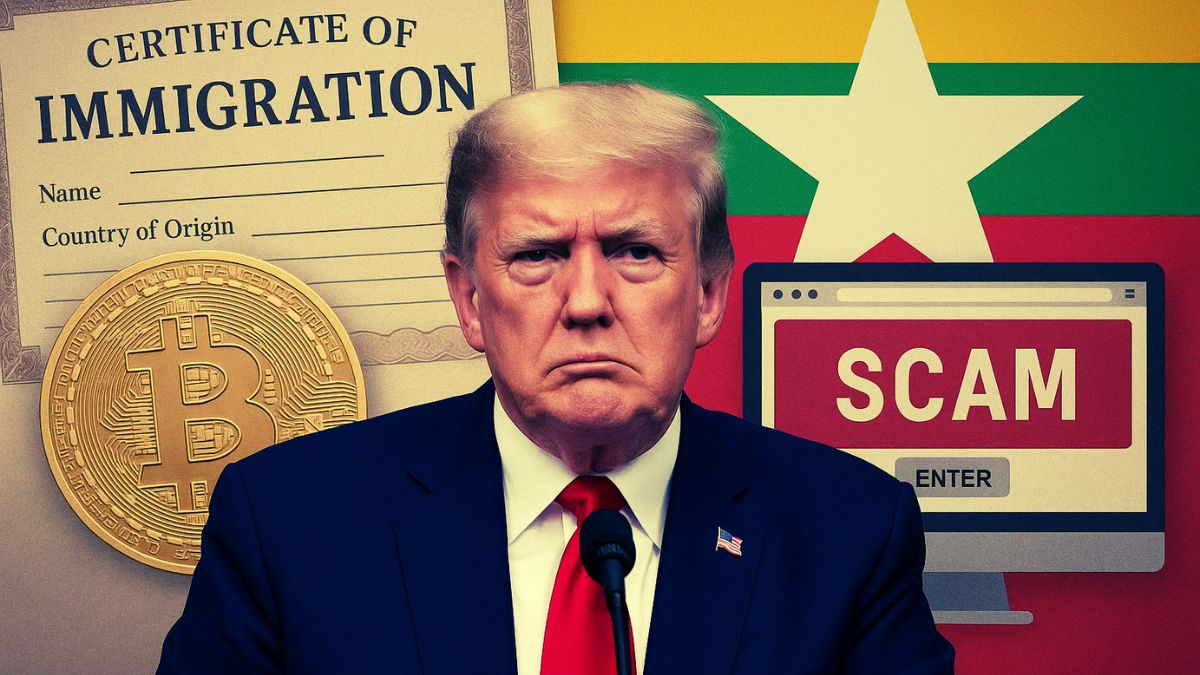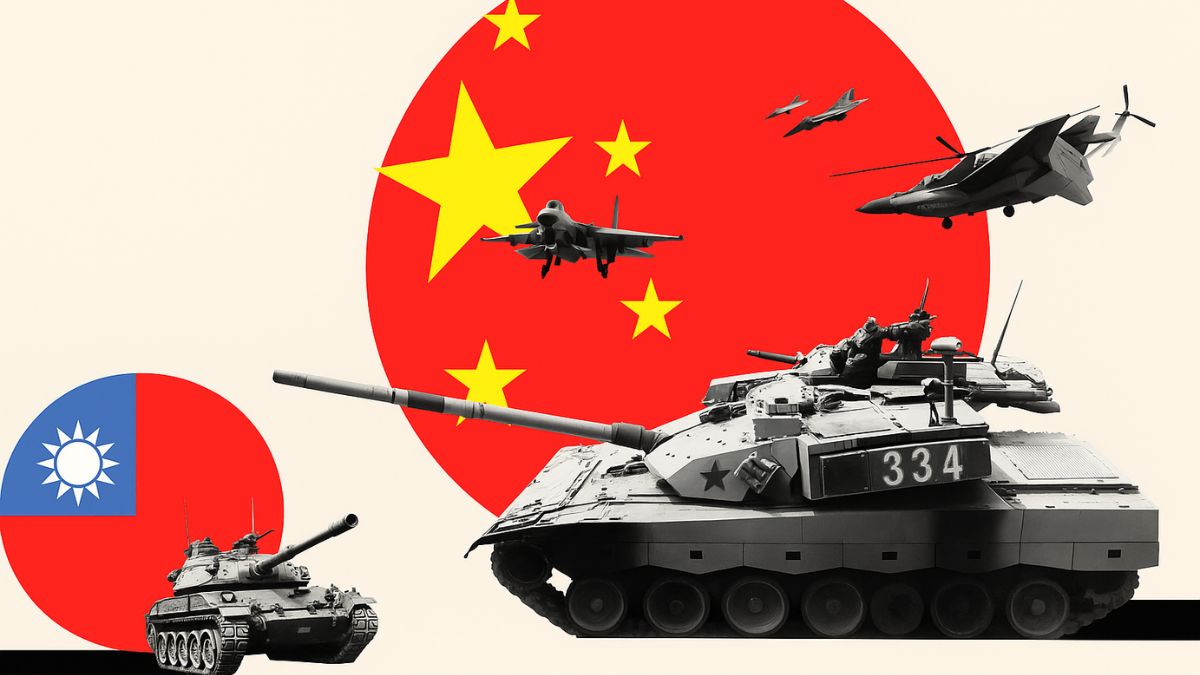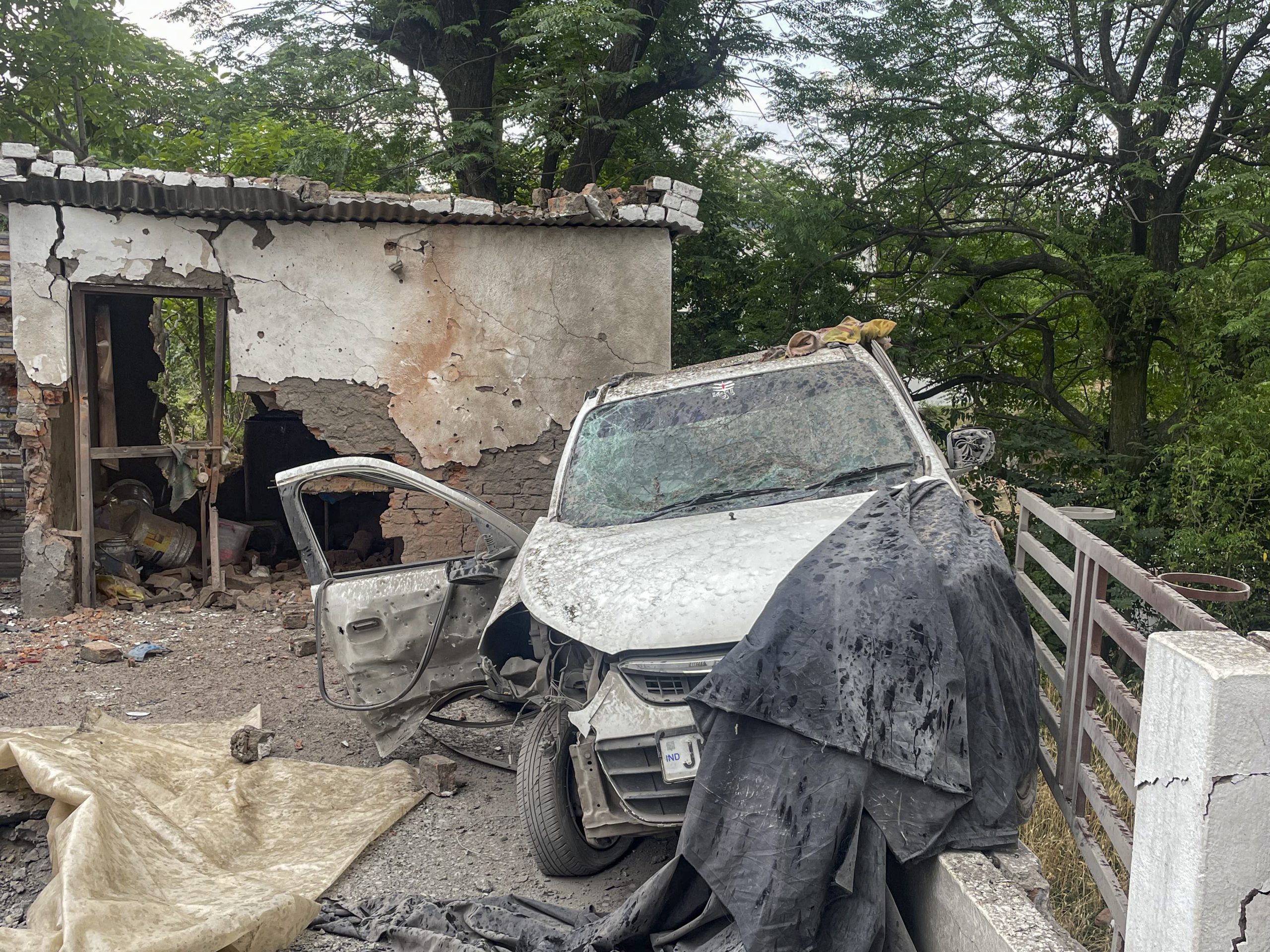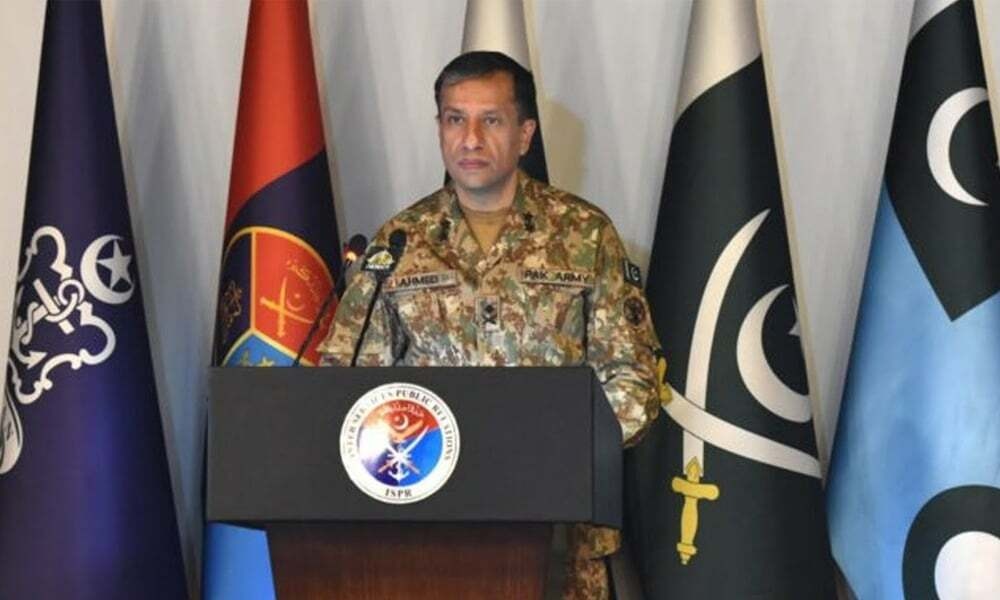Amid India-China De-escalation Talks, Army Officials Say Vigil Must Along LAC: ‘PLA’s ‘Preparedness Is…’
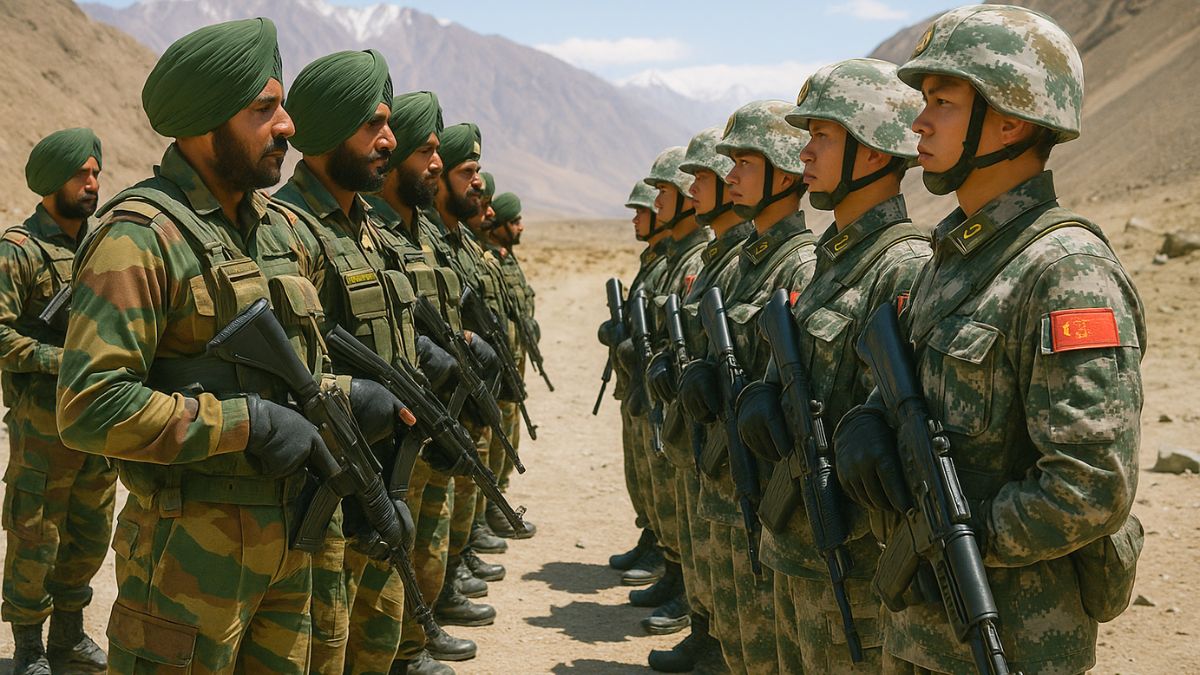
Indian troops at Doklam Plateau during the 2017 standoff, where firm resistance forced China’s PLA to withdraw after 73 days of tension. Image courtesy: AI-generated picture via DALL-E
As India and China prepare to explore a fresh round of de-escalation talks along the Line of Actual Control (LAC), the Indian Army finds itself staring at a paradox – while diplomacy inches forward, the ground realities demand unblinking vigilance. Talks of de-escalation between India and China gained momentum after Chinese FM Wang Yi’s recent meeting with PM Narendra Modi.
However, this should not be confused with a positive spin to the tricky bilateral relations as the trust deficit between the Indian and Chinese troops on the ground still remains quite high, a senior Army officer has warned, while underscoring the need for tight vigil at the LAC.
Why Army official stressed on tight vigil at LAC?
He cited the significant infrastructural advancements the dragon nation has made in the past years, and how they give an upper hand to its armies. Over the last five years, China’s People’s Liberation Army (PLA) has constructed an extensive web of roads, bridges, tunnels and high-altitude habitats along the frontier.
These stretch from Ladakh in the west to Arunachal Pradesh in the east, the Army officer told the Times of India. This means that even if PLA troops retreat 100 to 150 kilometres under a de-escalation plan, they can surge back to forward positions in a matter of hours, he stated.
“Our forces can’t match this time differential,” the senior officer cautioned, noting that “the PLA’s infrastructure allows rapid mobilisation, which we must account for during any negotiations.”
Why a trust deficit lingers between India and China?
The latest diplomatic outreach follows Chinese Foreign Minister Yi’s visit this week, during which both sides agreed to begin discussions on the “principles and modalities” of de-escalation. Yet, the military trust deficit remains wide.
Since the deadly clashes of 2020, both armies have kept thousands of soldiers and heavy weaponry forward deployed across the 3,488-km LAC. Though the immediate tension has eased after disengagement at the last two friction points – Depsang and Demchok – in October last year, suspicion endures.
“There is no disruption in joint patrolling now, but the PLA’s preparedness is undiminished. We cannot afford to let our guard down,” another officer added.
What is the PLA advantage?
Several of China’s combined arms brigades, each comprising 4,500-5,000 troops equipped with tanks, artillery, armoured vehicles and air-defence systems, remain stationed close to the LAC. While some units have withdrawn deeper into Tibet, many continue forward deployment.
For India, the key challenge lies in geography and infrastructure gaps. Unlike the PLA, which can redeploy troops quickly thanks to new highways and tunnels, Indian mobilisation takes far longer, leaving the troops with little margin should Beijing decide to push the envelope again.
Another thorny issue awaiting resolution is the restoration of patrolling rights. During earlier disengagements, both sides had agreed to create temporary “no patrol buffer zones” in Galwan, Pangong Tso’s north bank, the Kailash Range and Gogra-Hot Springs. These zones, varying from 3 to 10 km inside territory India claims as its own, were meant to be short-term.
Yet, two years later, the restrictions remain, limiting India’s ability to assert presence in sensitive areas.
How are India and China expanding military-diplomatic mechanisms?
To keep the peace alive on the border, both nations continue to rely on border-management mechanisms involving diplomatic and military representatives. New proposals include setting up additional “general-level” mechanisms in the middle sector (Uttarakhand, Himachal) and eastern sector (Sikkim, Arunachal).
There are also the existing talks between India’s 14 Corps commander and the PLA’s South Xinjiang Military District chief for Ladakh.
Even as diplomacy makes cautious progress, the Indian military knows it can’t afford complacency. The shadow of the 2020 clash still looms large, and with China’s border infrastructure giving it a decisive mobilisation edge, New Delhi’s challenge will be to walk line between dialogue and deterrence.


